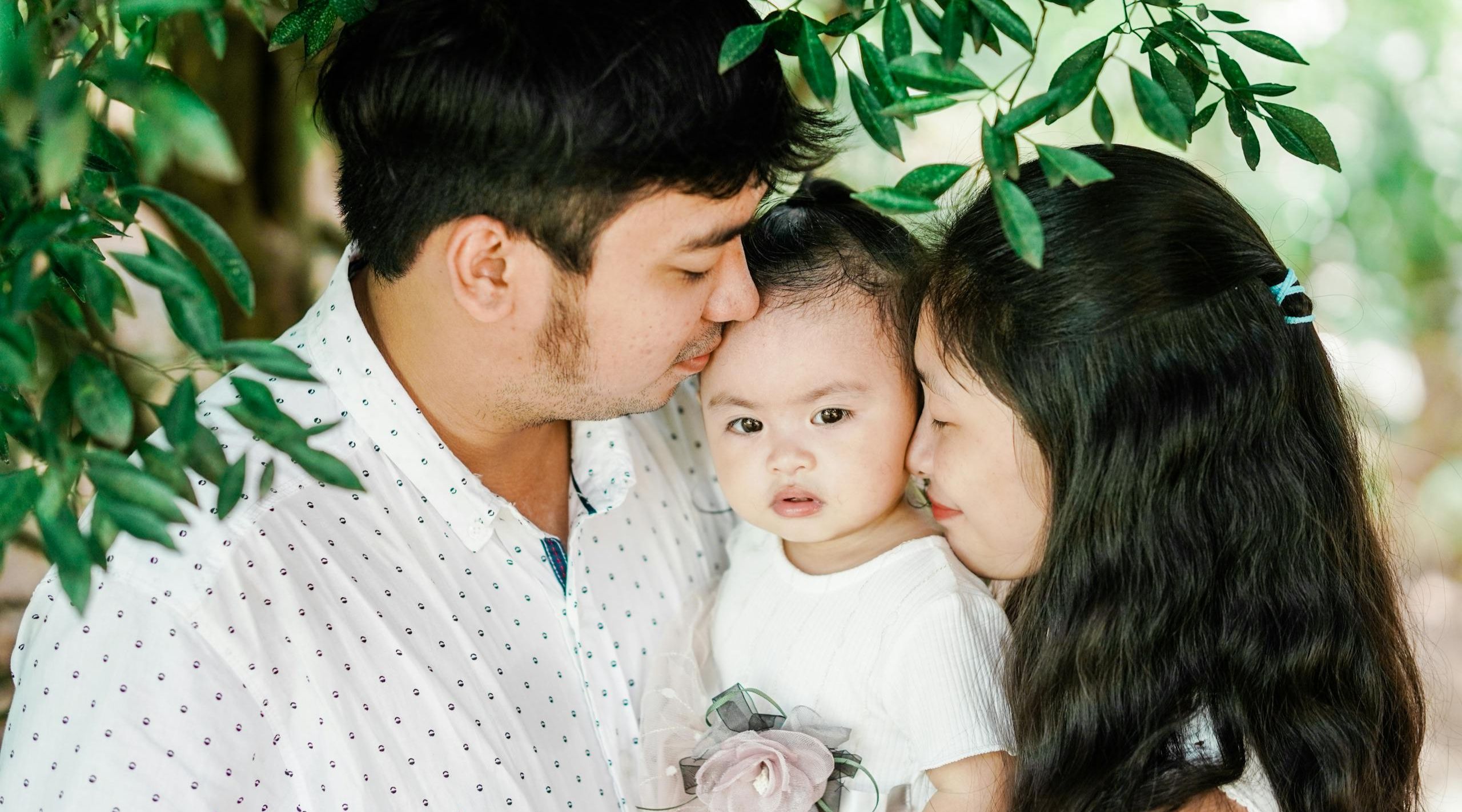The Changing Faces of Chinese-Filipino Families: The Life of A Chinoy/Chinay
A practice that was once frowned upon, most Chinese families are now seeing that the younger generation is marrying out of their community and culture.
There are various terms we hear when a person is dating a Chinese person. The Fookien Fortress, The Great Wall of China — we’ve often heard these in statements in the dating context like, “May Great Wall yan eh.”, “May Great Wall ba sya?” Jokingly and perhaps sincerely, some Filipinos hold those who manage to marry into a Chinese family as legendary! But the trends and cultures have begun to change as the younger Chinese generation are finding love and fulfillment in people beyond the borders of their culture.
So, where did this start?

Why the “Great Wall” came up in the first place
Chinese are proud of their race, often citing the ancient texts that prove they were a civilization before most. They invented gunpowder and engaged in trade with other countries. Even their country’s name in their native language — 中國 (Zhōngguó) — reflects it as it means “Middle Kingdom” in English, implying that they once believed that their country sat in the center of the world. It’s because of this pride among many other things that they strongly protect their culture from getting diluted by others, even saying they refuse to deal with “culture shock.”
They’re also highly clannish. Similar to Filipinos, they value social status and image. But it sometimes comes to the point that these social statuses and images serve more as a currency to further economic or political power. There’s some truth to those romance novels wherein there is an arranged marriage to stabilize two companies. There is also some truth that those arranged marriages are fragile agreements as the bankruptcy of a company can immediately have families breaking from the deal.
The frowned-upon practice of marrying outside of the culture
To many Chinese, marrying outside one’s culture can be seen as an act of disrespect towards their ancestors (Momeso, 2016). Chinese families take it upon themselves to preserve the memory of their ancestors as a form of respect and embed this ideology in their kids at a very young age. Others, however, will whisper of the Chinese’s view of other cultures as inferior, especially when it comes to practicing respect and accepting the mediocre (Ji and Yeung, 2014).
Some traditional Chinese still express their distaste for marrying outside their culture. However, there are some younger Chinese who have found love and family in those beyond their community. Some will claim it’s because of the frustration with traditions they consider obsolete and therefore irrational. Others will say that their race should not be a dealbreaker if their value system is similar to theirs [the Chinese].
The balancing act of Filipino and Chinese cultures
Although the beauty of an intercultural marriage is the novelty and its deviance from the usual, there’s also a struggle in managing the various expectations. As a daughter of a Filipino mom and a Chinese dad, there are some practices that will clash. One of the most obvious signs is the language of instruction. Because my mom couldn’t speak Chinese and my dad’s Tagalog was more specific, we always spoke in English. Unfortunately, this is common among young Chinese-Filipinos: our mastery of our parents’ native languages is average at best. Our knowledge of our parents’ native language usually comes from the school we studied in which is usually mediated by our grandparents who are masters of those languages.
Another obvious clash is color preference. Chinese are not too fond of the color black and white because they associate them with Bad Luck or Death respectively. Filipinos don’t really emphasize color too much during celebrations or everyday wear. So, the usual question at home was, “Why are you wearing so much black?”, “Did someone die?” However, the younger ones don’t mind — especially since dark colors are very slimming and multi-purpose for social affairs.

Why the younger Chinese and Filipinos are breaking the mould
While it’s easy to point the finger at social media as the cause, we’d like to see social media more as the engine that allowed this change. Social media exposes everyone to various cultures, not just Western. It’s here that the younger generation sees how some traditional practices become obsolete. Some premises like how women cannot inherit the company because they won’t hold the last name when they’re married and that the business is not their playing field have lost its foothold among the younger generations. There are many She-EOs now; Chinese and Filipino women, with access to education and suffrage as a result of the 1st and 2nd Feminist waves, who can now go toe-to-toe with even the “princes” of the Chinese families (Watson and Ebrey, 1991).
It’s also the preference of having clashing ideas rather than being stuck in an echo chamber. The younger generation sees the value in a chaotic storm of ideas that clash in both merit and cost. On the other hand, the traditional generation focuses more on harmony. Both desire progress but it’s the path to achieving it that differs. Hence, some Chinese would marry into Filipino families. Some Chinese women will even admit that they may prefer a Filipino man because of his virtue of hard work. For them, it’s because they prefer someone who knows what it’s like to be “self-made” (Hwang, Saenz, and Aguirre, 1994).
But there are some rare instances that will sway a traditional Chinese family to accept someone outside their culture. Usually, it’s social merit and achievement that they may potentially gain from that person that convinces them. While it does sound extremely transactional, it’s what leads the family to their desired goal of building a legacy.
The change is already here after generations of intercultural marriages
Ultimately, what causes this change in lifestyle is the belief system. Technology has made it easier for people to access the marketplace of ideas wherein they can exchange and banter on the pros and cons. But like all kinds of change, it will face its own breed of conflicts. From language barriers, clash of traditions, to protecting our families from forcing them to accept something they are not comfortable with, the lifestyle change of Chinese-Filipino families proves that cultural appropriation is inevitable but appreciation is impossible.
Reference
Hwang, S. S., Saenz, R., & Aguirre, B. E. (1994). Structural and individual determinants of outmarriage among Chinese‐, Filipino‐, and Japanese‐Americans in California. Sociological Inquiry, 64(4), 396-414.
Ji, Y., & Yeung, W. J. J. (2014). Heterogeneity in contemporary Chinese marriage. Journal of Family Issues, 35(12), 1662-1682.
Momesso, L. (2016). Marriage migration and state interests: Reflections from the experiences of marriage migrants from the People’s Republic of China in Taiwan. Asiatische Studien-Études Asiatiques, 70(3), 903-920.
Watson, R. S., & Ebrey, P. B. (Eds.). (1991). Marriage and inequality in Chinese society (Vol. 12). Univ of California Press.
More about intercultural marriages?
“My kid Wants To Date a Chinoy!” Here’s What You Need To Know
The Real-Life Fairy Godmother: Inday Shopper
Empowering the Chinoy Women in Mano Po Legacy: The Family Fortune









